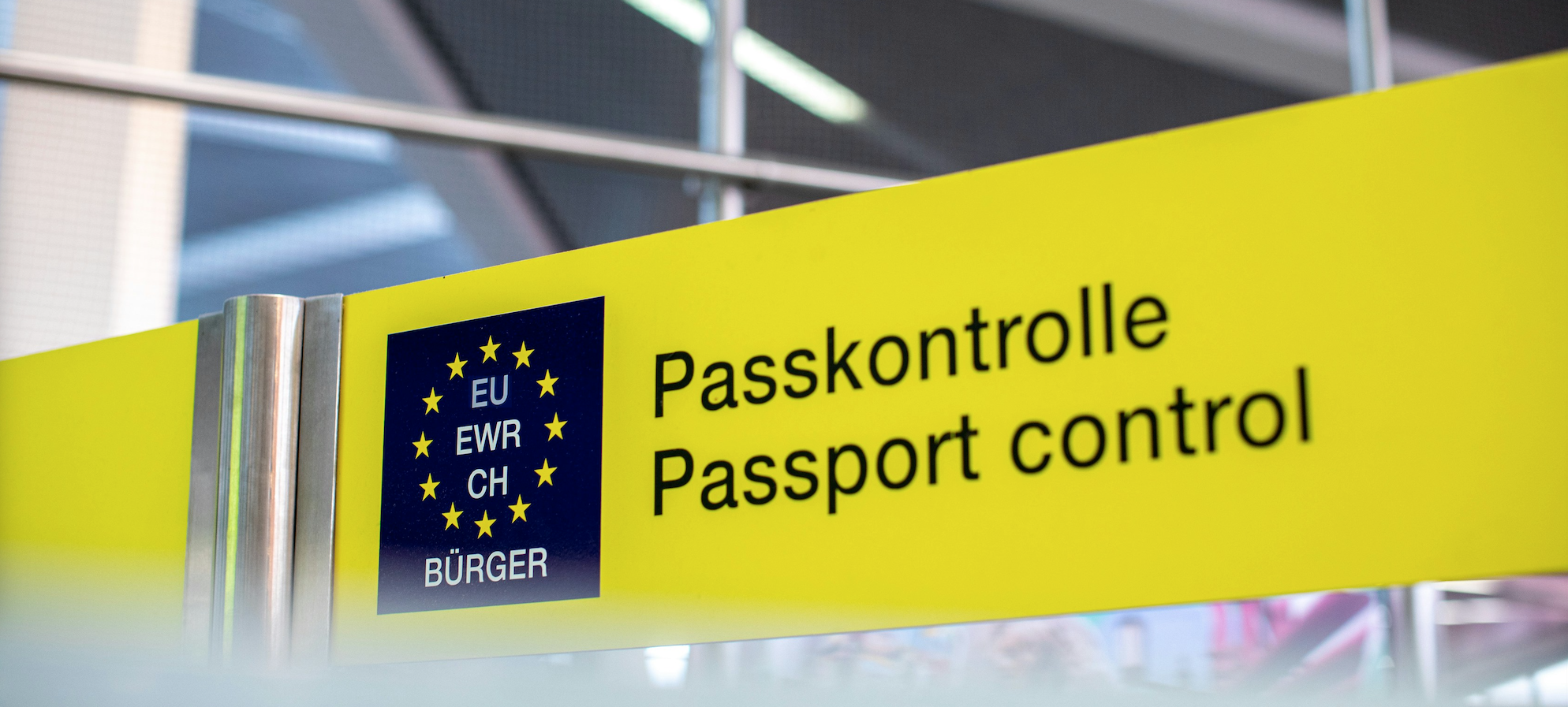Storms clouds gathering as tail-end funds increase in a maturing marketplace
Private equity investors in 2025 are maintaining a clear focus on liquidity, particularly concerning tail-end funds and various restructuring strategies. Limited Partners (LPs) are increasingly scrutinising their portfolios, driven by a desire to optimise capital deployment and navigate a complex market environment.
The addressable market for tail-end secondaries has expanded dramatically, growing to over $1.2 trillion in 2024; a substantial increase from $493 billion in 2019. This growth is fuelled by the increasing number of private equity funds reaching the 10-year mark, mirroring the surge in buyout fund activity since the Global Financial Crisis.
As highlighted by Cork Gully Asset Managers, tail-end funds present a number of challenges such as: i) relatively higher fees, as management fee is calculated as a percentage of the investors committed capital/ or a percentage of the Fund’s NAV (based on valuations set by the GP) Fund’s current NAV; ii) reduced management attention, with more focus given to new fundraising initiatives; iii) reduced visibility, which can make it harder for investors to assess the risks and opportunities and iv) limited liquidity, given that tail-end funds often hold a significant number of illiquid assets.
Storm clouds gathering
Holding periods in PE funds are extending, with Pitchbook noting that around one third of sponsor-backed companies in the US have been held for five years or more, requiring investors to find ways to manage end of life funds that extend beyond their investment period.
According to James O’Donnell, Partner at Gibson Dunn, the storm clouds are gathering.
“Every established investor with a sizeable portfolio should be looking carefully at the performance of its mature funds to identify ones that are at risk and work out a strategy to deal with that.”
LPs often face a trade-off between time, cost and value recovery when evaluating the best way forward for their portfolios. The approach taken is very situation specific, depending on the amount of money at risk, the level of that risk and the cost-benefit ratio of taking action to address problems. Despite the clear benefits of offloading older, underperforming assets, many LPs have historically been reluctant to sell due to the perceived haircut on their investments and the administrative burden of the sale process.
“As a rule of thumb most LPs will incline towards passivity, that is after all the business model. The big question is identifying the time to take action, and then making sure that you do so in an efficient and effective way that is not value destructive,” explains O’Donnell.
Legacy assets in PE funds that may, in cases, be more than a decade old, will typically offer limited remaining value to LPs and gradually atrophy as GPs turn their attentions to new fund launches and less mature assets.
This is leading to an increase in LP-led secondaries, restructurings and replacements. The problem, however, with tail-end vintages is the extent of haircut with Jefferies noting that they trade at anywhere between 55% to 75% of NAV although this could potentially alter in the coming years as more evergreen funds – which are dominant secondary buyers – bid up the price for funds, including those holding legacy assets
Sheila Lynch, Partner at Cork Gully, says that one of the key steps of an LP-led secondary is navigating the transfer mechanism under the fund LPA. LPAs usually contain language restricting transfers or detail conditions around how the LP interests can be transferred.
“As most people are aware, GP consent is usually required to transfer a LP interest, and most LPAs have language around how this can be done and caveating that the GP’s consent cannot be unreasonably withheld. However, if GP engagement is limited or the GP is mostly unresponsive, this can be a bottleneck in the process and it can be hard to even get documents executed.
“One of the key points of negotiation in an LP-led secondary is the allocation of obligations and liabilities – what lawyers refer to rather quaintly as “the benefits and burdens of a contract”. The incoming LP tends to want the maximum economic upside while limiting their liability and obligations, whereas exiting LPs usually want as clean a break as possible and limit their ongoing liability and obligations. Striking a balance between these two positions in where the real legal complexity lies,” Lynch explains.
Managed exits
Managing a clean exit in a tail-end fund with a disengaged GP is one way to overcome the dilemma that many LPs face.
This involves engaging a third-party specialist to take control or actively manage the fund’s wind-down process, driving value realisation and ensuring a clean closure. As Cork Gully wrote recently, this is increasingly relevant for LPs stuck in tail-end funds where the GP’s incentives are no longer aligned with those of the investors.
The playbook begins with triaging the situation: How many assets remain? What is the realistic timeframe for exits? Is the GP actively working to realise value, or is the fund in caretaker mode (fee-driven NAV management with minimal staff).
To effectively manage an exit, LPs are encouraged to mobilise the LPAC or form a consortium to initiate strategic discussions with the GP, with Cork Gully noting that ideally “30-40% of interests in capital needs to be behind these initiatives”.
Leveraging information and audit rights
When dealing with a tail-end fund where GP engagement is low and liquidity options are limited, LPs should focus first and foremost on their governance and transparency rights under the LPA.
Information and audit rights are more powerful levers than many LPs realise. GPs and LPs obviously have different roles in a limited partnership, and as a result LPs are naturally concerned about overstepping their role. However, many jurisdictions have published safe harbour guidelines which provide LPs with greater clarity and comfort around the scope of permitted actions without compromising their limited liability status.
As Lynch explains: “LPs have a fiduciary duty to their stakeholders to engage as fully as possible within these safe harbours and also to hold GPs to the letter of their contractual obligations, especially if disclosure, reporting and engagement has fallen below the standard expected.”
Defining what a good outcome looks like is important. Do LPs want to maximise price? Reduce the administrative burden? Reduce drag on the portfolio and get the cash as quick as possible? Reduce reputational risk?
“Once LPs have a clear objective they should advocate for a professional, arms-length process,” adds Lynch.
“This may involve the appointment of a specialist advisor to run the exit or, in some instances appointing a run-off manager to wind down residual assets. In many instances, GPs are simply managing multiple competing priorities as the economics of the tail-end fund no longer justify their active involvement. Often both sides will welcome a pragmatic solution – as both sides want to reduce administrative burden and preserve the remaining value.”
More LP-led restructurings and replacements is the natural result of a mature market that has rode through various cycles of turbulence.
“The numbers are still small, and the market is finding ways to achieve liquidity, but the rise in issue is inexorable: every fund cannot be a success,” states O’Donnell.
Indeed, with more funds reaching maturity in an uncertain economic environment, it is inevitable that investors are going to find themselves facing tricky issues somewhere in their portfolio.
“The key message is not to wait until a problem gets out of hand before acting, but rather to accept that issues will arise, work out how to spot them early (AI will be helpful in that) and develop a tool kit of options to fix them. Put another way, every allocator should have a ‘liquidity solutions’ playbook somewhere to hand to consult if and when the glass is cracked,” concludes O’Donnell.

.png)
